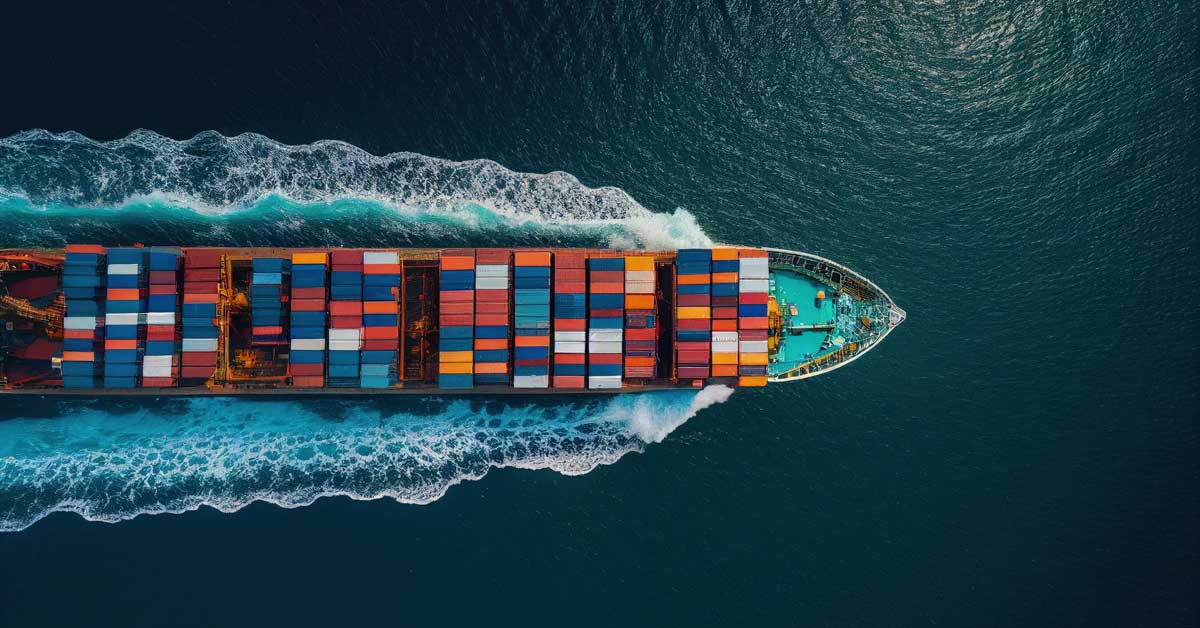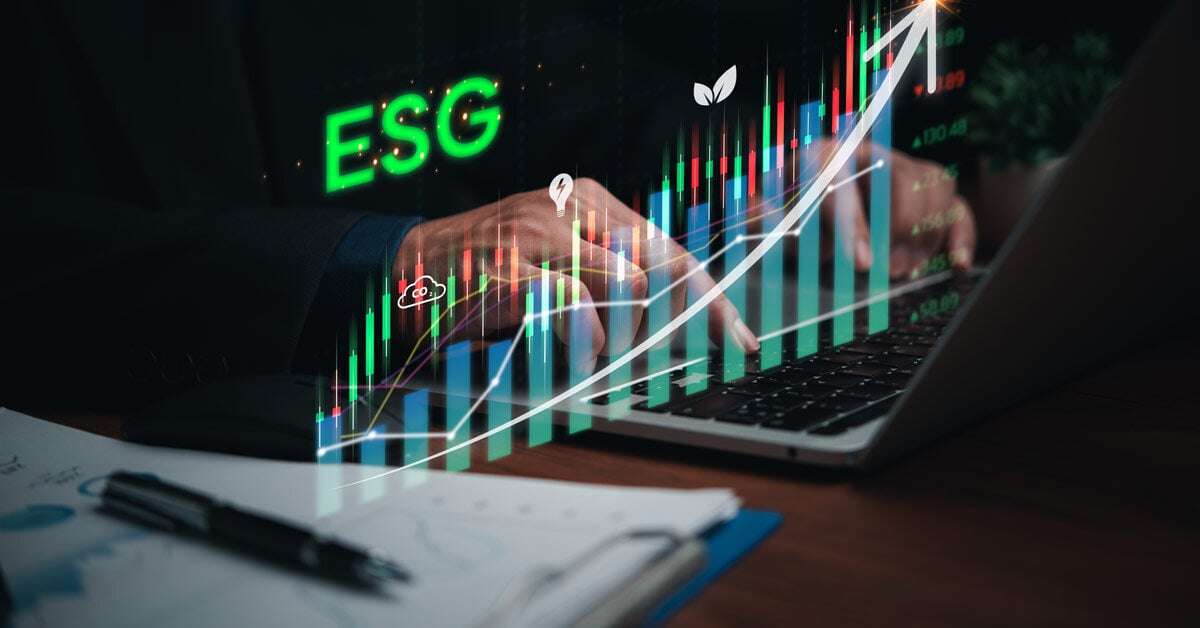3 min read
EU Shipping Fuel Transition in Motion with Fuel-EU Maritime Agreement
Prima Markets
:
Jul 20, 2023 12:00:00 AM

Europe has made the first major step in tackling shipping emissions. The action marks a significant milestone in taking concrete steps to begin moving the dial toward decarbonization.
The introduction of greenhouse gas (GHG) reduction mandates will require ship owners to look to alternative fuels to reduce their carbon dioxide emissions. And the process needs to start now if it hasn’t already.
According to Horizon, a magazine on EU research and innovation, the global shipping industry faces what seems to be a catch-22:
“Shipping, while essential for trade, contributes significantly to the emissions that cause climate change. Global shipping spews out 3% of worldwide greenhouse gases (GHG). With the maritime industry responsible for transporting no less than 90% of world commerce, there is increasing pressure on the sector to reduce its carbon footprint swiftly.”
World demand continues to drive the need and adoption of shipping to move commerce forward. But current fossil fuel usage isn’t going to cut it as the EU and other global nations keep moving toward renewables.
New regulations put in place by the FuelEU Maritime Agreement will kick off in 2025 with a 2% reduction before stepping up all the way out to 2050. The future mandates can be seen on the graph below.

Initially, the industry’s decarbonization journey gets off to a relatively slow start in the early years through 2035. By 2040, however, the burden on ship owners to find alternative fuels increases greatly.
Related: Global Biofuel Mandates: What You Need to Know
Related: Everything You Need to Know About Biofuels
The mandates are set against a 2020 baseline, which was the year we began to see more biodiesel volumes starting to flow into shipping.
The Real Volume of GHG Savings in Shipping Industry
It is important to translate GHG savings into actual tangible volumes to realize the task ahead for EU ship owners.
To calculate future volumes which will need to be disappeared, we assume the following:
- 50 million tonnes/year of fuel oil and marine gasoil is consumed in the EU
- There is no change in fuel demand moving forward
- The average GHG savings from a future fuel is 90% versus the fossil fuel comparator.
As the graph below shows, in 2025 only about 47 petajoules of clean fuel will be needed to meet shipping demand based on mandates. That number will increase significantly all the way through to 1,893 petajoules in 2050.

Converting this energy metric into tonnes of biofuel equivalent depends on which low-carbon fuel option is used in the future. Each different type of biofuel has varying amounts of energy content per tonne of fuel used.
Shipping Will Face Challenges Scaling Renewable Fuel Adoption
It is clear that in the early years of shipping mandates, assuming shipping can access some of the biodiesel pool, it will be relatively easy for shipping to meet the GHG reduction targets.
Just over 1.2 million tonnes/year of biodiesel in 2025 is not a tall order. 2030 also would appear feasible for the industry to lean on biodiesel, particularly if some of the other fuels can make up some portion of that as well.
It is when the demand jumps into 2035 and beyond that the size of the decarbonization task looks more unknown.
To put some of the figures into proportion, the entire global fossil methanol industry today is roughly 100 million tonnes/year. This means that if EU shipping decides to lean solely on green methanol to meet its decarbonization needs, it will need to build enough production to nearly match the whole industry today.
These figures highlight the likelihood that a diverse mix of renewable fuels will be needed in the future. This may be the only way the industry can even come close to meeting the scale of these mandates. And it’s not out of the realm of possibility to see increased efficiency or new fuel developments change the game as well.
How EU Shipping Policy Looks for the Future

Overall, EU shipping policy looks sensible. Demand is set low enough in the mandate’s early years that targets are possible to achieve. It also remains ambitious enough in the later years to allow entire new industries to grow and hopefully lead to a vast amount of carbon savings.
The only negative would be why the strategy was not pushed to 100% saving by 2050. In reality, the supply-side options simply do not currently exist for all operators to switch immediately to low-carbon ships within little more than 25 years.
Ships being ordered now will still be in operation in 2050, and this spare 20% will give ship owners the wiggle room that is needed to hit full decarbonization in upgraded portions of their fleet.
Will we eventually see changes to the mandates? At this point, it remains to be seen.
Data and Insights on Carbon Mitigation from Prima Markets
This report is a modified excerpt from Prima Markets’ Carbon Mitigator Report. It is only available on our low carbon fuels and feedstocks platform, Prima CarbonZero.

(Screenshot of Prima CarbonZero's Carbon Mitigator with data removed)
Businesses across all industries must start the process of planning and executing a decarbonization strategy. The Carbon Mitigator provides a robust set of data, intelligence and expert insights to help you understand how this process will work.
You can use this information to better inform your own organizational planning and future forecasting. That way, you can ensure you’ll meet mandate requirements as they begin to phase into regulation.
planning your own decarbonization strategy? Download our eBook, Mapping a Path to Decarbonization.
Learn more about Prima CarbonZero and what it can do for your business.





